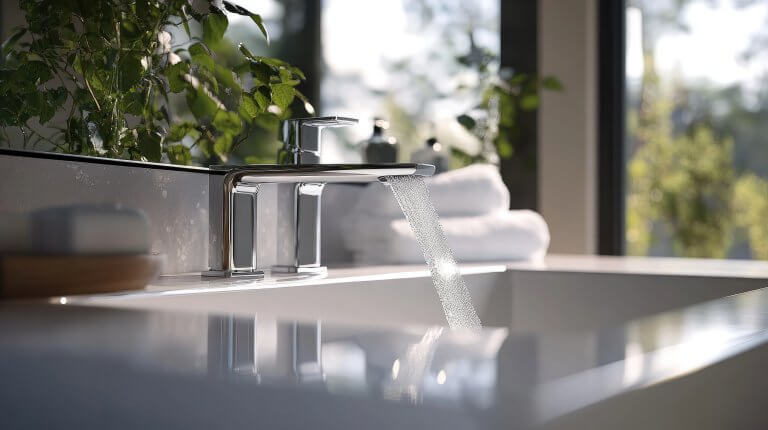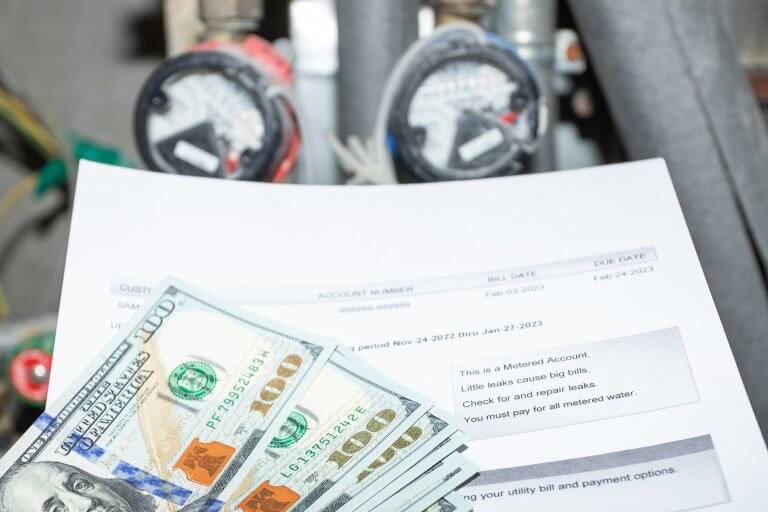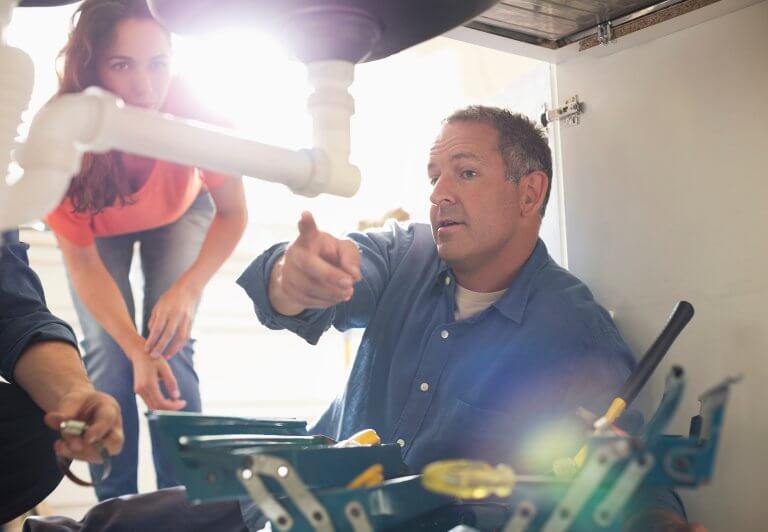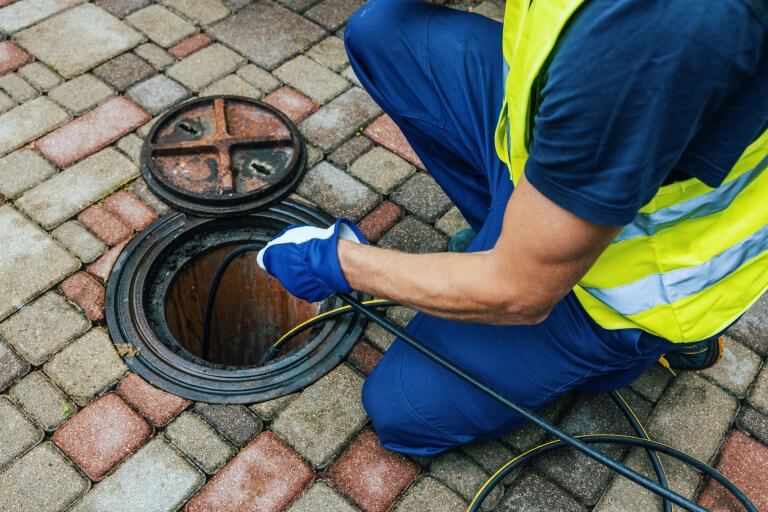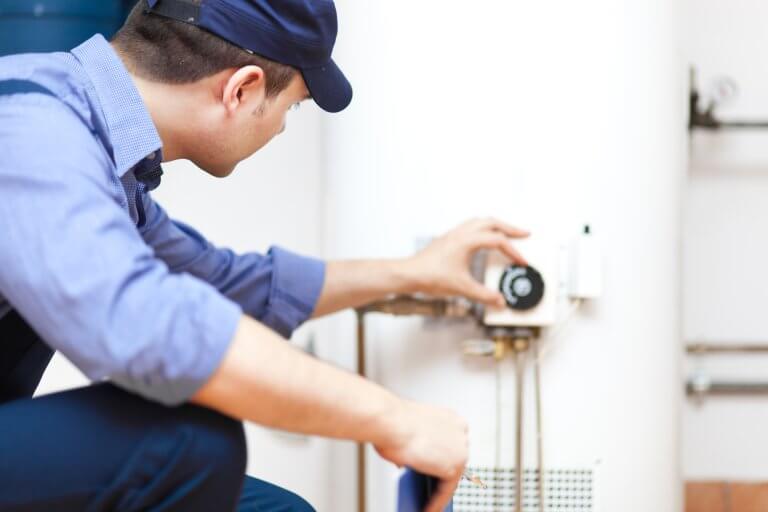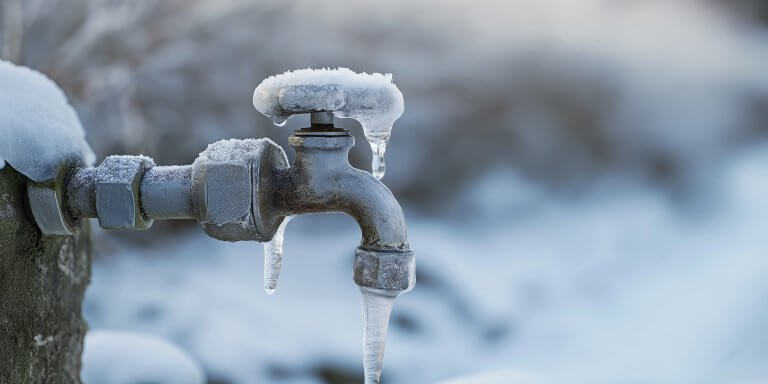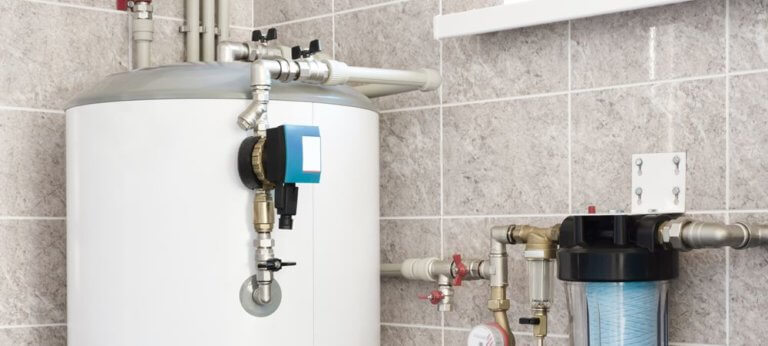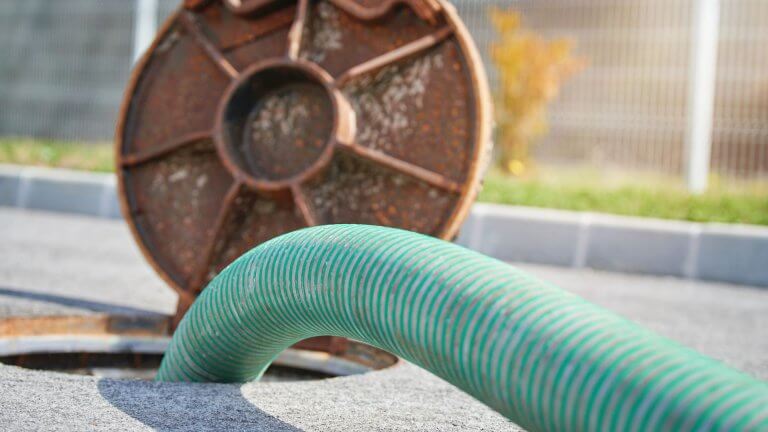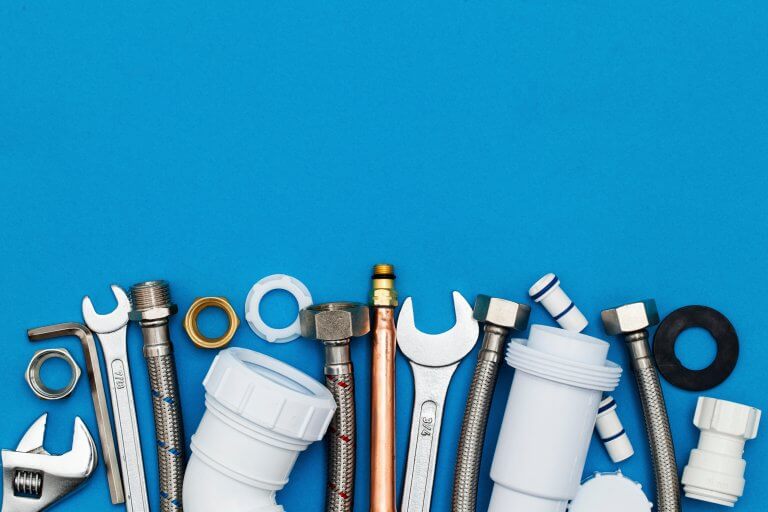
The Importance of Backflow Prevention Devices
Your home’s water supply is vital for drinking, cooking, and cleaning. But what happens when the safety of your water is compromised? Without proper safeguards, contaminated water can flow back into your system, leading to health risks and costly repairs. Backflow prevention devices are designed to protect your water supply from contamination and ensure the health and safety of your

